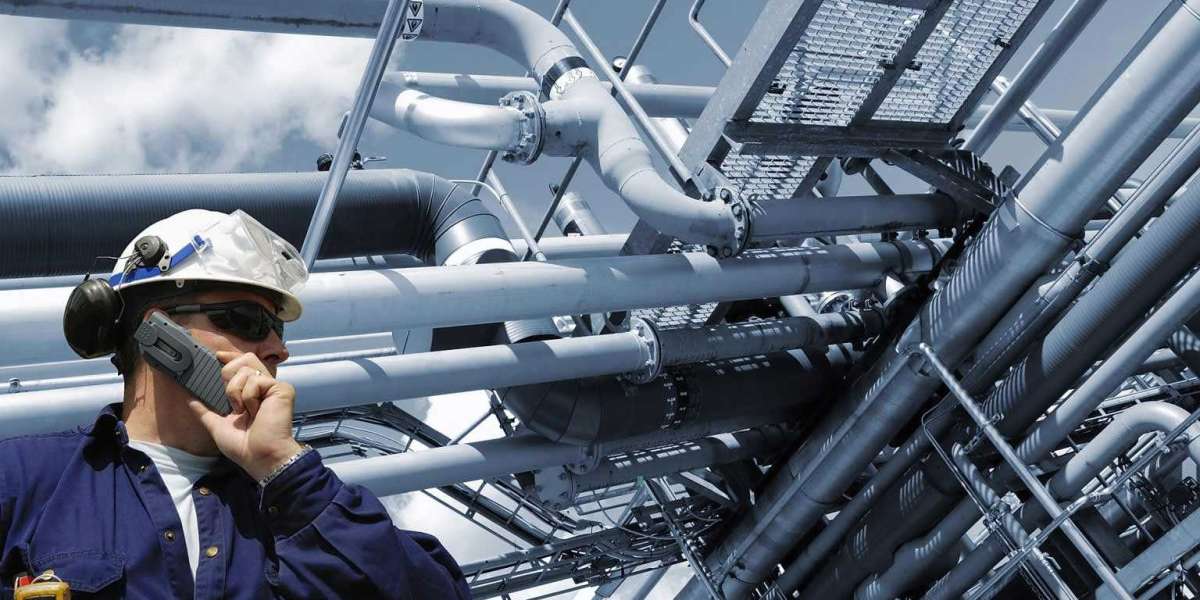A dissolved oxygen sensor is a device used to measure the concentration of oxygen dissolved in a liquid, typically water. It plays a crucial role in environmental monitoring, aquaculture, wastewater treatment, and various scientific research applications. In this detailed answer, we will explore the working principles of a dissolved oxygen sensor, its components, and its significance in measuring dissolved oxygen levels.
A dissolved oxygen sensor typically consists of several key components that work together to accurately measure the concentration of dissolved oxygen in a liquid. The primary component is the oxygen-permeable membrane, which allows oxygen molecules from the liquid to diffuse into the sensor. This membrane is usually made of a hydrophobic material, such as Teflon or silicone, which allows the passage of gases while repelling liquid water.
Inside the dissolved oxygen sensor, a sensing element called the oxygen electrode is present. The oxygen electrode comprises a cathode and an anode, separated by an electrolyte. The cathode is typically made of a noble metal, such as gold or platinum, while the anode is usually made of silver or another stable metal. The electrolyte is usually an alkaline solution, such as potassium hydroxide (KOH), that facilitates the oxygen reduction reaction.
When the dissolved oxygen sensor is immersed in a liquid, oxygen molecules diffuse through the oxygen-permeable membrane and come into contact with the cathode of the oxygen electrode. At the cathode, oxygen molecules undergo a reduction reaction, resulting in the generation of hydroxyl ions (OH-) and the consumption of electrons.
Simultaneously, at the anode of the oxygen electrode, the electrolyte produces an equal number of positive ions to maintain electrical neutrality. These ions migrate through the electrolyte towards the cathode to balance the charge.
The consumption of electrons at the cathode and the generation of positive ions at the anode create a potential difference between the electrodes. This potential difference, known as the oxygen diffusion potential, is proportional to the concentration of dissolved oxygen in the liquid. The oxygen diffusion potential is typically in the millivolt (mV) range and can be measured using a suitable instrument, such as a dissolved oxygen meter.
To convert the potential difference into a dissolved oxygen concentration value, the dissolved oxygen sensor requires calibration. Calibration involves exposing the sensor to solutions with known oxygen concentrations, typically air-saturated water and zero-oxygen water, and establishing a linear relationship between the measured potential difference and the dissolved oxygen concentration. This calibration process ensures accurate and reliable measurements.
It is important to note that the dissolved oxygen sensor requires regular maintenance to maintain its performance. The hydrophobic membrane should be periodically cleaned to remove any fouling or deposits that can impede oxygen diffusion. Additionally, the electrolyte may need replenishment or replacement over time to ensure consistent measurements.
Dissolved oxygen sensors find widespread application in various industries and scientific fields. In environmental monitoring, they are used to assess the health of aquatic ecosystems and to monitor the impact of human activities on water bodies. In aquaculture, dissolved oxygen sensors help maintain optimal oxygen levels for fish and other aquatic organisms, ensuring their well-being and growth. In wastewater treatment plants, these sensors are employed to monitor oxygen levels in aeration tanks and to optimize the treatment process.
Furthermore, dissolved oxygen sensors are essential in scientific research and laboratory applications. They play a critical role in studying biological processes, such as respiration in organisms, photosynthesis in plants, and microbial activities in various environments. They are also used in field studies to monitor oxygen dynamics in lakes, rivers, and oceans, providing valuable data for ecological research.
In conclusion, a dissolved oxygen sensor is a device used to measure the concentration of dissolved oxygen in a liquid. It consists of an oxygen-permeable membrane and an oxygen electrode that undergoes a reduction reaction in the presence of dissolved oxygen. The resulting potential difference is proportional to the dissolved oxygen concentration and can be measured using a suitable instrument. Dissolved oxygen sensors have broad applications in environmental monitoring, aquaculture, wastewater treatment, and scientific research, contributing to our understanding of oxygen dynamics and ecosystem health. Regular calibration and maintenance are necessary to ensure accurate and reliable measurements.








